How To Buy Pearls - 7 Value Factors
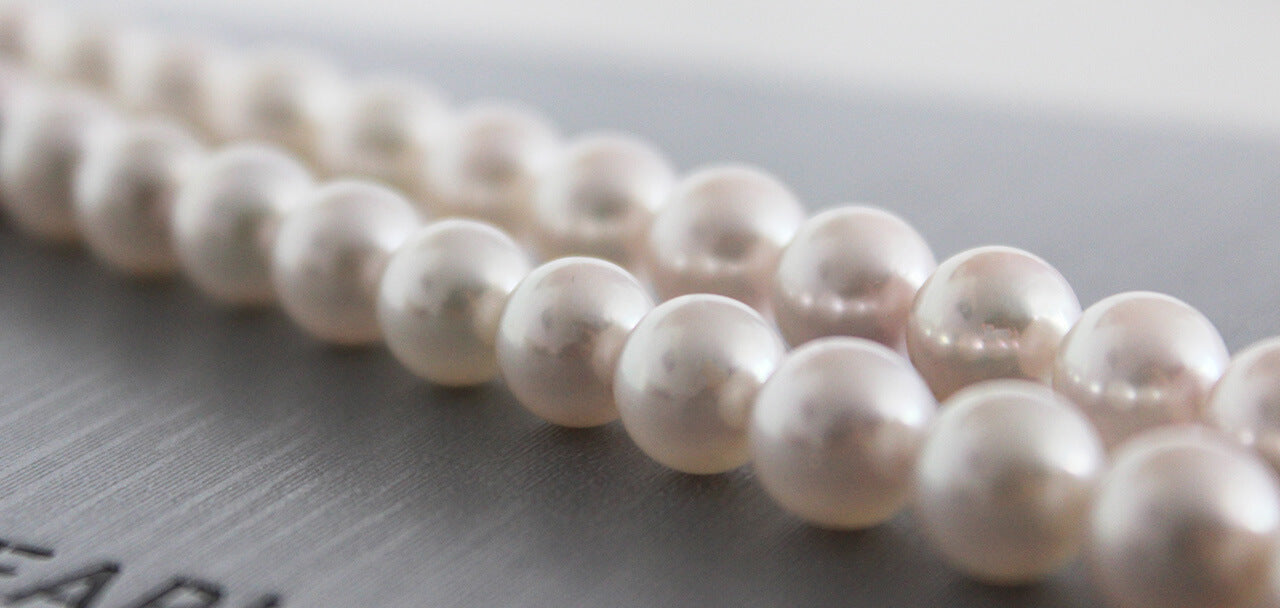
Have you ever looked at buying pearl jewellery and wondered what influenced its price? Cultured pearls come in a wide range of qualities. For most people, buying pearl jewellery can be a daunting task. But it shouldn’t be an overwhelming experience at all. By understanding the characteristics used to assess the beauty and value of a pearl, you can search with confidence and find the pearls that are right for you. There're seven value factors when judging a pearl's quality: lustre, size, shape, colour, surface, nacre quality, and matching.
Lustre
Lustre is essentially the intensity and sharpness of the light reflected from a pearl’s surface. The more lustrous the pearl is, the brighter and shaper its reflection. Lustre is probably the most important value factor when judging a pearl’s quality. Pearls with high lustre are regarded as more valuable than those with poor lustre.
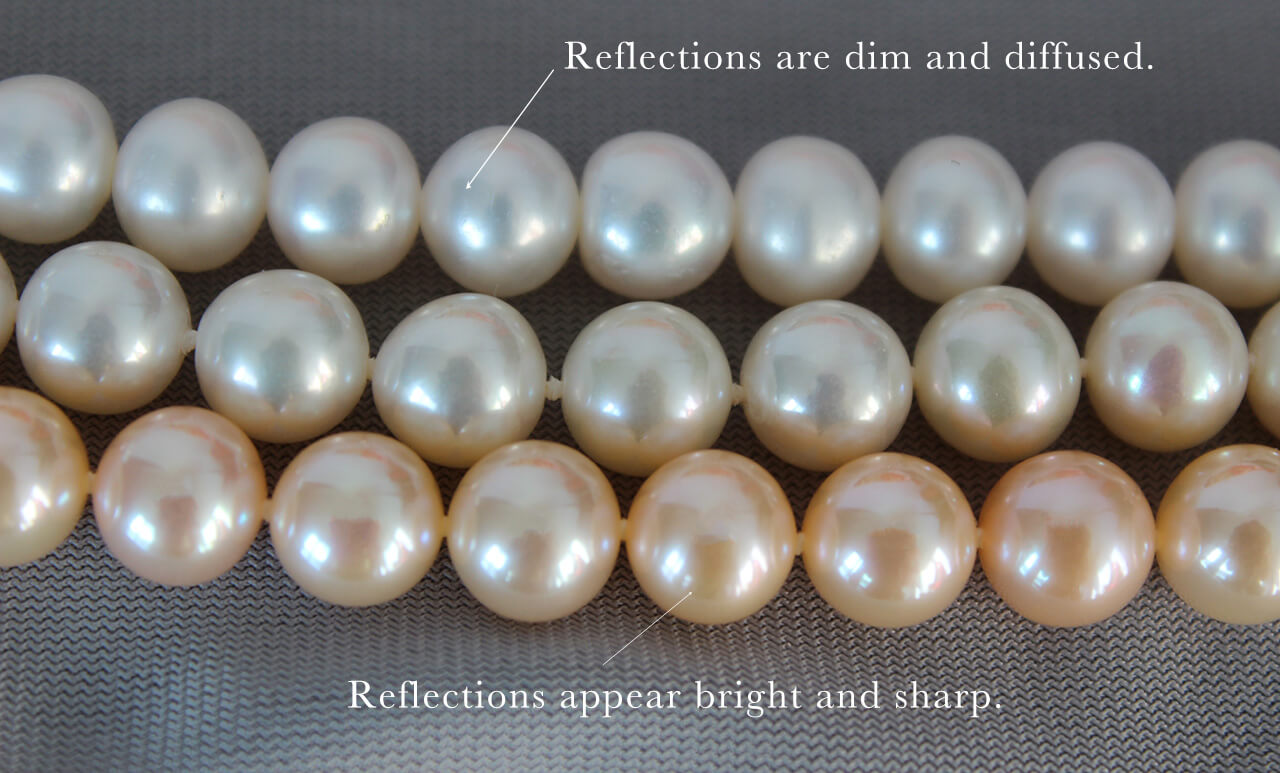

As described by the Gemological Institute of America (GIA), there are five categories of lustre ranging from excellent to poor. A pearl with excellent lustre displays bright and sharp reflections. An extremely lustrous pearl can show an almost metallic or mirror-like appearance. The reflections of a pearl with poor lustre, however, are dim and diffused.
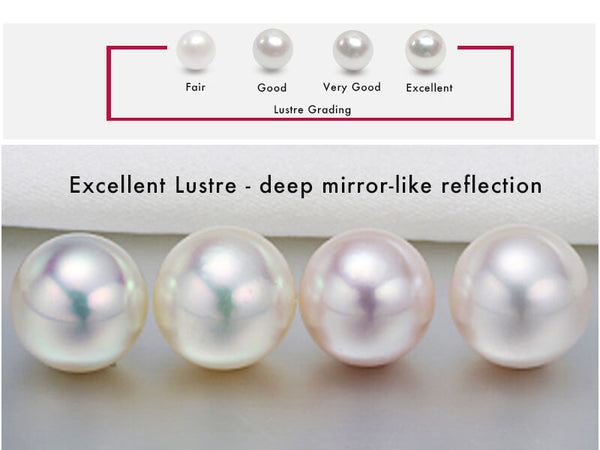
Factors such as nacre quality, the speed of nacre deposition, the type of the mollusc and its health can all contribute to the lustre of a pearl.
At Pearl-Lang, all of our pearls are of the highest lustre quality, ranging from "Very good" to "Excellent", the top two lustre grades defined by GIA. You can find the lustre grading for each product under its product details.


Size
Pearls are normally measured in millimetres. The size of a pearl varies depending on its type, rarity, and growth period. When other value factors are equal, the larger the pearl is, the greater the value it has. The following shows a quick guide to the common sizes for different pearl types.
- Freshwater - 4 to 14mm
- Akoya - 2 to 10mm
- Tahitian - 9 to 14mm
- South Sea - 8 to 20mm
Shape

A perfectly round pearl is truly magnificent. But it is very rare. Most pearls come in a variety of shapes and are exciting, fashionable and fun to wear.
- Round - variation of diameter being no more than 2%
- Near-round - almost round with minor variations
- Oval - symmetrical, rounded and oblong
- Button - symmetrical, flattened on one side
- Drop - pear-shaped
- Semi-baroque - off round, slightly irregular
- Baroque - irregular
- Circled - one or more grooves and ridges around the surface
Colour
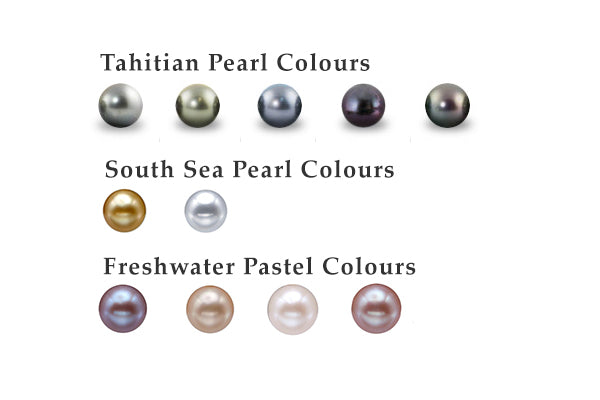
Pearls come in an array of stunning colours. From white, cream, pink, yellow, green, blue to black, there are so many shades in between. In addition, pearls often display delicate overtones, such as green, blue and pink. Many trade terms, such as apricot, aubergine, golden, lavender, peacock and pistachio, are also used to vividly describe pearl colours.
The high-value colours for Akoyas are silver and white. For freshwater pearls, they are white and lavender. Peacock and aubergine are the treasured colours for Tahitian pearls. For South Sea pearls, the most prized colour is deep golden.
Colours are usually a personal preference and they do not affect the quality of a pearl. However, pearls with natural colours are generally more valuable than those that are dyed. Deep and intensive colours such as brown and black in freshwater and Akoya pearls are not natural and are the result of colour treatments.
Surface
The surface condition of a pearl affects its value. When other value factors are equal, the fewer and smaller the blemishes are, the more valuable the pearl is. Most pearls have some degree of imperfections such as bumps, pits, spots and wrinkles. Tiny irregularities are acceptable. It is very rare to have a strand of pearls that have no imperfections at all. One of the key factors to consider when buying pearls is to judge how noticeable the blemishes are and if they seriously affect the durability of the pearls.
The GIA system classifies four surface quality conditions. They are Clean, Lightly Spotted, Moderately Spotted and Heavily Spotted. Pearls with clean surface quality are blemish-free or contain minute surface characteristics that are difficult to see. Pearls that are completely blemish-free are called “spotless”.
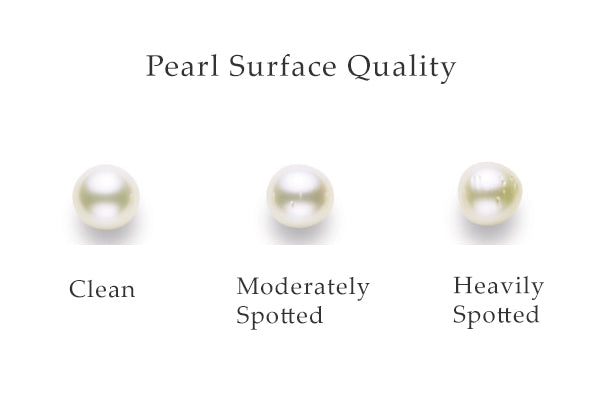
Nacre Quality
Nacre is the natural substance produced by a mollusc to form a pearl. The quality of nacre directly impacts the value of a pearl, especially in the case of saltwater cultured pearls where shell bead nuclei are present. The thicker the nacre is, the more lustrous and durable the pearl is.
There are three categories defined by the GIA. They are Acceptable, Nucleus Visible and Chalky Appearance. Pearls with thin nacre usually have low lustre and can appear chalky.
Natural pearls and the majority of freshwater cultured pearls contain no nuclei and they are made of nearly all nacre. This distinction makes freshwater pearls more durable than saltwater pearls.
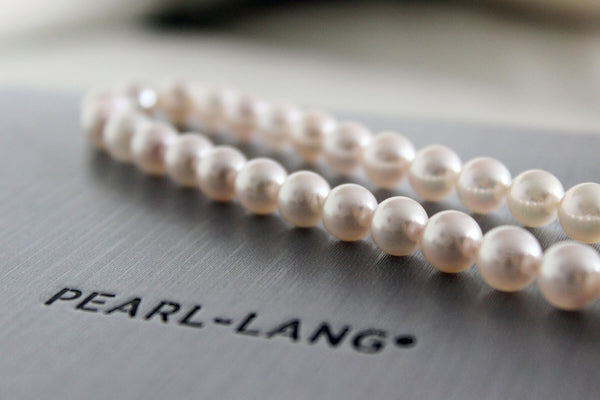
Matching
Matching is an important value factor when assessing more than two pearls. It needs to take all the other value factors into account and achieve harmony in terms of size, shape, colour, lustre, surface, and nacre quality. To create an excellent matched piece, we have to sift through thousands of pearls to find the ones that are well matched and this requires an enormous amount of skill and labour.

It is important to note that sometimes pearls are deliberately mismatched to create a casual and fun look. As long as the design achieves a balanced and harmonious look, the jewellery piece can still be very desirable.




